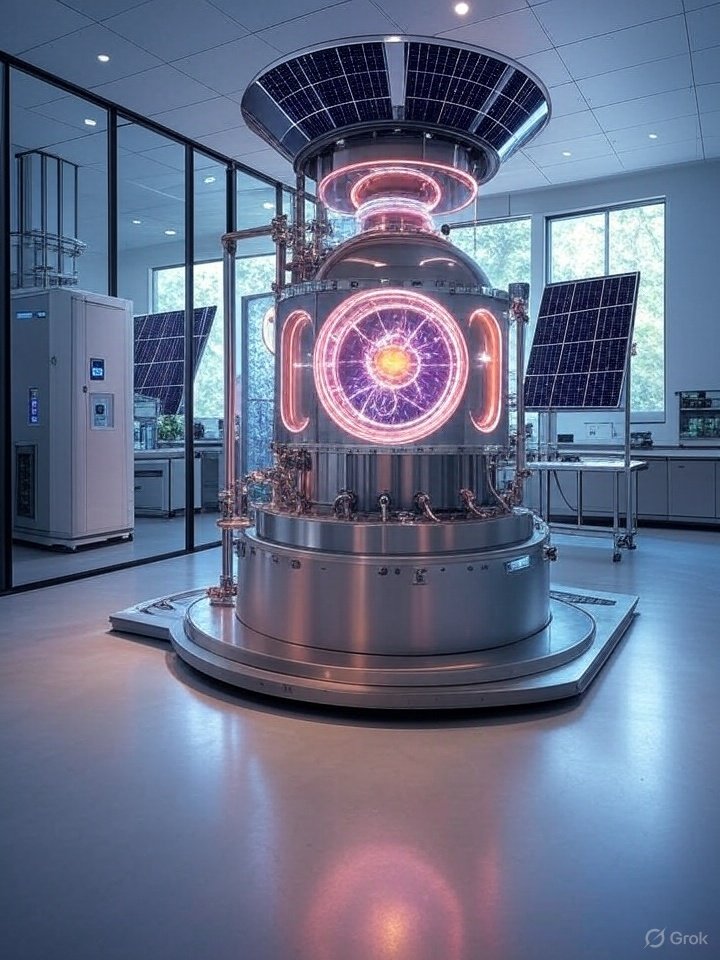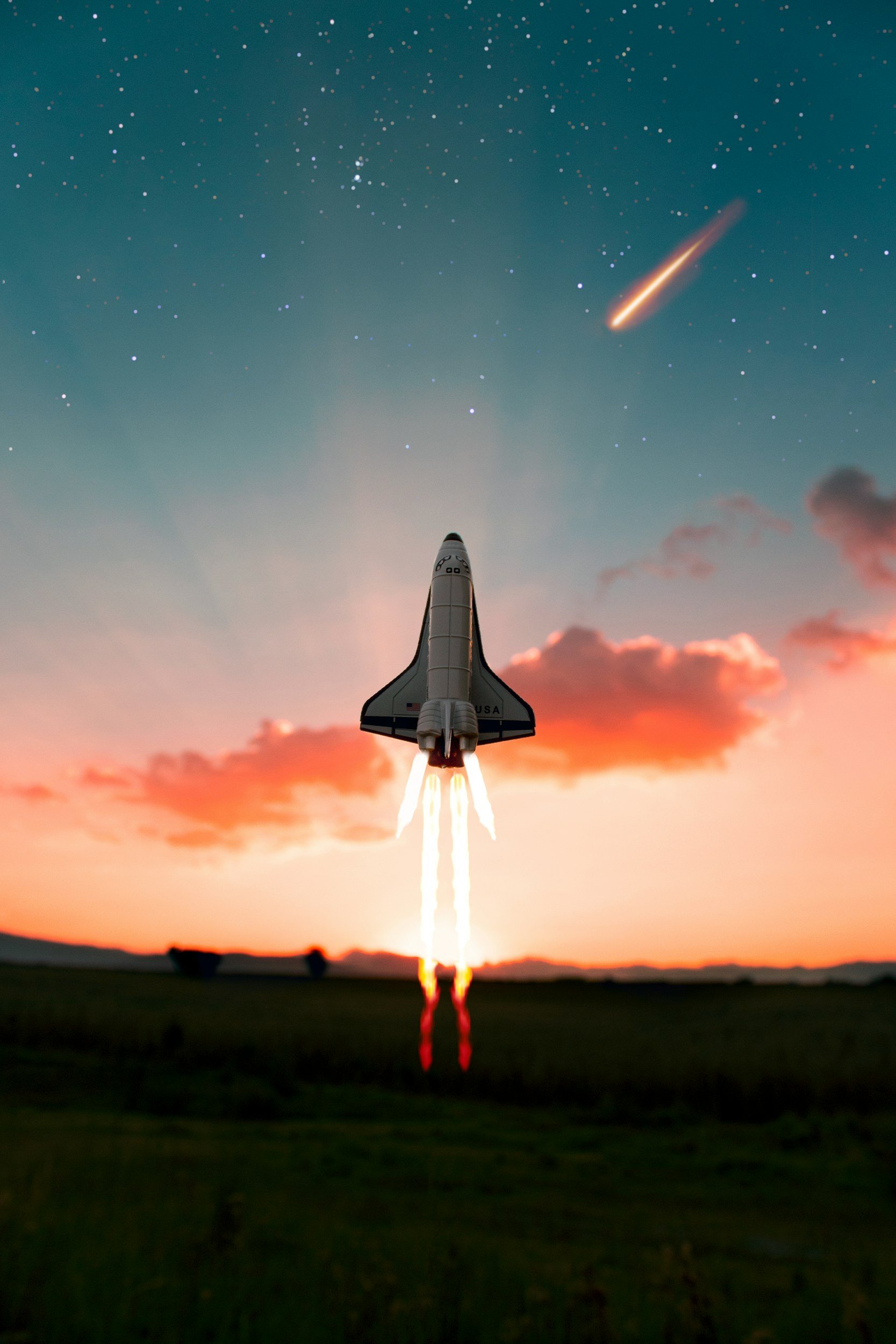The Deep-Space Propulsion & Interplanetary Logistics Network
The Deep-Space Propulsion & Interplanetary Logistics Network establishes a high-thrust, high-efficiency transport architecture by repurposing Directed-Plasma Kinetic Manifolds (DPKM) into modular 400-MW propulsion "spines," enabling continuous 1 MN Hall-effect thrust for heavy cargo, rapid crewed Mars transit, and asteroid mining operations.

The Relativistic Star-Shot & Interstellar Logistics Spine
The Relativistic Star-Shot & Interstellar Logistics Spine establishes humanity’s first multi-lightyear operational capability by reconfiguring the Dyson Swarm’s 10-GW beamer satellites into kilometer-scale phased-array "light cannons," each powered by Kerr-ergosphere μBH cores amplifying coherent microwave/optical beams to petawatt intensities.

Quantum Harmonic Resonance for EMI Mitigation and Interplanetary Communication
The exponential growth of satellites (>12,000 in 2025) has intensified electromagnetic interference (EMI), disrupting terrestrial systems, ecological balance, and human health, while interplanetary communication demands robust signal propagation. This polymathic synthesis integrates quantum physics, RF engineering, biofield science, and AI to model the Harmonic Hyperspatial Transatron (HHT), a toroidal apparatus leveraging Quantum Harmonic Resonance (QHR) to mitigate EMI, transmute RF into regenerative orgone energy, and enable Earth-to-Mars signal relays.

Math Reading List
Michael Artin, Algebra, Prentice Hall, 2011.
Thomas W. Hungerford, Algebra, Springer, 1974.
Joseph A. Gallian, Contemporary Abstract Algebra, Cengage, 2016.
David S. Dummit and Richard M. Foote, Abstract Algebra, Wiley, 2004.
John B. Fraleigh, A First Course in Abstract Algebra, Pearson, 2002.

Mathematical topics, adding key subtopics, applications, and connections between fields
Geometry
Core Concepts: Points, lines, angles, polygons, circles, congruence, similarity, area, perimeter, volume.
Learning Objectives: Apply formulas, construct proofs, interpret diagrams, reason spatially.
Advanced Topics:
Differential geometry: curves, surfaces, curvature.
Topology foundations: continuous deformations.
Geometric transformations: isometries, rotations, dilations.
Applications: Architecture, CAD design, robotics, physics.

Next-Gen Innovation: Key Technologies Reshaping the Future
On the energy front, solar energy has become more efficient and affordable than ever. New photovoltaic materials and panel designs are increasing energy output while reducing costs, pushing solar into mainstream adoption across industries and homes.

Frontiers of Science: Breakthroughs in the Sciences
Materials science is ushering in a new era with the discovery and engineering of 2D materials such as graphene and molybdenum disulfide. These substances are incredibly strong, flexible, and conductive—ideal for use in next-gen electronics, renewable energy systems, and even medical implants.

Quantum Cryptography
Quantum cryptography leverages the principles of quantum mechanics to enable ultra-secure communication systems. Unlike traditional cryptographic systems that rely on the computational difficulty of certain mathematical problems, quantum cryptography provides a fundamentally unbreakable method of encryption by utilizing the unique properties of quantum particles.

Quantum Cryptography: The Next Frontier in Ultra-Secure Communication
While the promise is vast, current challenges include high implementation costs, limited transmission distances, and infrastructure demands such as quantum networks and photon detectors. Despite this, real-world applications are already emerging in military, government, finance, and healthcare sectors.



